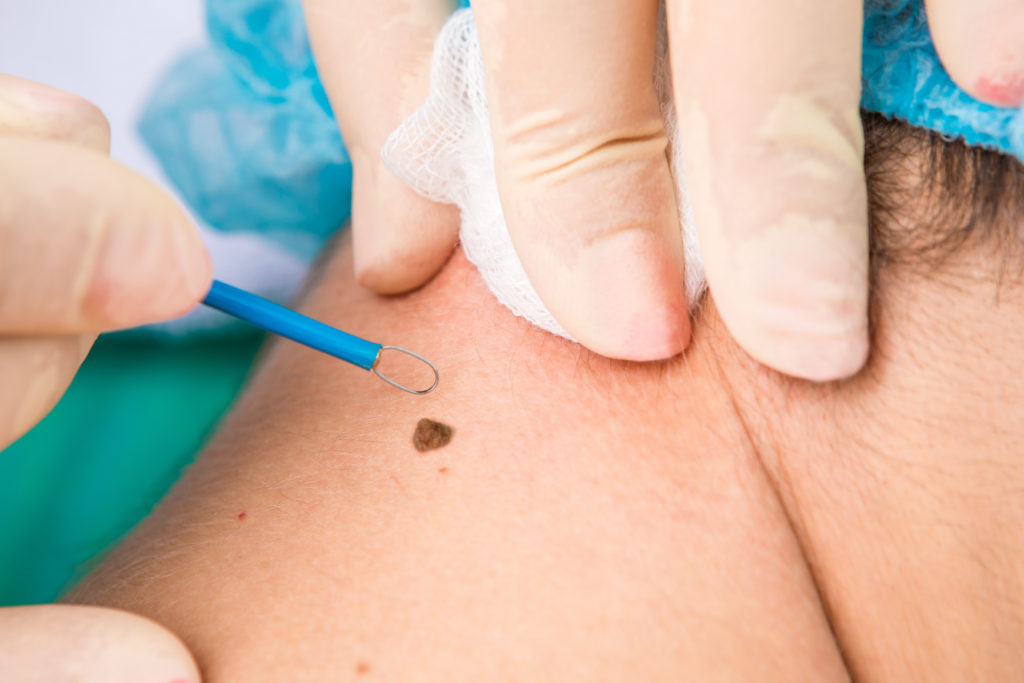Avoid These Mistakes After Warts Removal Surgery
One of the most common and harmful mistakes after Warts Removal Surgery in Dubai is disregarding the post-operative instructions provided by the healthcare provider. These guidelines are tailored to your specific condition and treatment type, whether it involved laser therapy, cryotherapy, or surgical excision. Ignoring them may lead to complications like infections, prolonged healing time, or recurrence. It's vital to follow all recommendations regarding wound care, dressing changes, and activity restrictions. For example, if you're told to keep the area dry for a certain number of days, doing otherwise can significantly delay healing.
Touching or Picking at the Treated Area:
Warts Removal Surgery (ما هو أفضل علاج لإزالة الثآليل؟), The urge to touch or pick at the treated site can be strong, especially if scabbing or itching occurs. However, this is one of the worst actions you can take. Picking at the wound can introduce bacteria, leading to infection. It can also remove scabs prematurely, leaving the skin vulnerable and increasing the risk of scarring. To prevent irritation, avoid applying unapproved creams or scratching the site. Keep your hands clean and try using a cold compress or doctor-approved ointment to manage itching if needed.

Skipping Proper Wound Care:
Failing to maintain the cleanliness of the treated area is a mistake that can lead to delayed healing and possible complications. Proper wound care typically involves cleaning the area with a mild antiseptic, applying a sterile bandage, and keeping the area dry. Neglecting this daily routine can allow dirt, bacteria, and sweat to accumulate, fostering an environment for infection. Even if the wart was small or removed quickly, treating the wound seriously ensures your skin heals smoothly without long-term effects like discoloration or texture changes.
Exposing the Area to Sunlight:
Direct exposure to sunlight right after wart removal surgery is a mistake that many underestimate. The newly healing skin is highly sensitive to UV radiation, which can lead to pigmentation issues or long-term scarring. Always cover the area with clothing or use a doctor-approved sunscreen if exposure is unavoidable. Even brief exposure to the sun can cause permanent skin discoloration or increase the appearance of the scar. This step is especially critical for treatments done on visible areas like the face, hands, or neck.
Resuming Physical Activities Too Soon:
Jumping back into regular physical activity without allowing proper healing time can negatively impact recovery. Activities like running, swimming, or gym workouts might cause excessive sweating, friction, or pressure on the healing skin. These conditions can slow down the healing process and may even reopen the wound. It's best to follow a gradual return to your daily routine, giving your body the necessary time to regenerate. Always ensure the area is well protected if engaging in light activities and pause immediately if any pain or discomfort arises.
Using Unapproved Skin Products:
Applying over-the-counter creams, ointments, or cosmetic products to the treated area without professional guidance can irritate the skin or interfere with healing. Some products contain strong chemicals or fragrances that may not be suitable for wounded or regenerating skin. Even natural remedies like essential oils may cause more harm than good if used inappropriately. Stick to only those products that have been recommended as safe for use during recovery. When in doubt, simplicity is best—clean water, sterile bandages, and prescribed ointments are generally all you need.
Failing to Monitor Signs of Infection:
After surgery, it's crucial to stay alert for signs of infection. Redness, swelling, pus, increased pain, or fever are clear indicators that something might be wrong. Ignoring these symptoms or waiting too long to seek attention can allow a minor issue to develop into a serious complication. Monitoring the area daily and keeping track of how it looks and feels can help you catch any issues early. If you notice anything unusual, don't hesitate to seek medical advice immediately to avoid further health problems.
Assuming the Wart Will Never Return:
A common misconception is that once a wart is removed, it won't come back. While surgery removes the visible wart, it doesn't always eliminate the underlying virus (HPV) that caused it. This means there's a chance of recurrence, especially if you don't take preventive measures. Boosting your immune system, avoiding direct contact with infected surfaces, and maintaining good hygiene can help reduce the likelihood of recurrence. It's important to stay aware and proactive, especially if you've had multiple warts in the past.
Conclusion:
Warts Removal Surgery (علاج الثألول) is a relatively simple and effective procedure, but the success of your recovery depends greatly on how you care for the treated area afterward. Avoiding common mistakes—like neglecting wound care, exposing the area to sunlight, or ignoring signs of infection—can make a major difference in your healing journey. By being attentive, cautious, and consistent with your aftercare, you enhance your chances of a quick recovery and minimize the risk of recurrence or complications. Your skin deserves the best care, and that starts with the right post-surgical habits.
